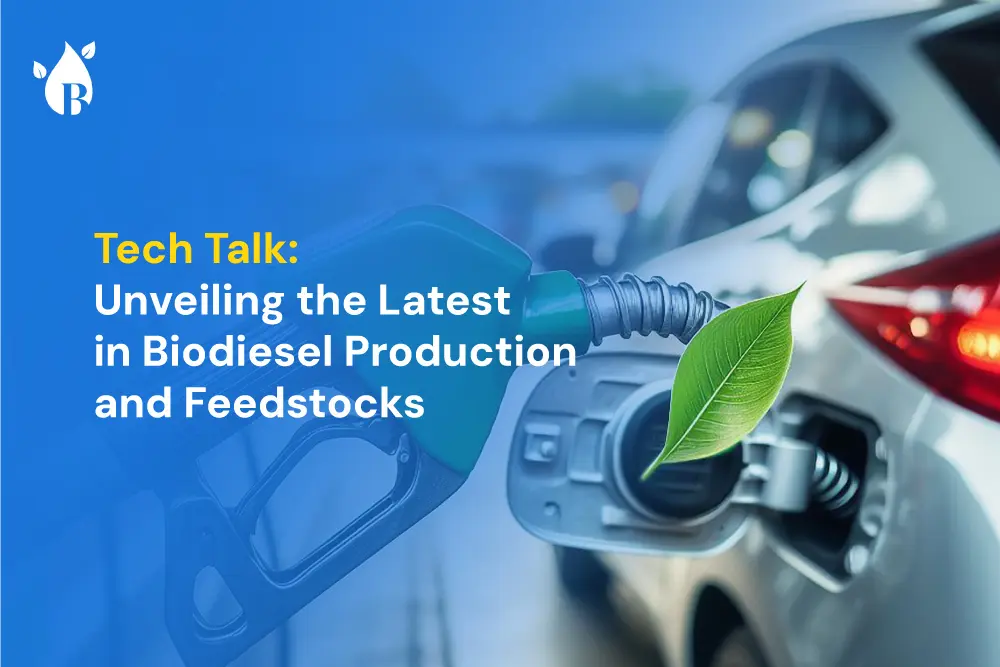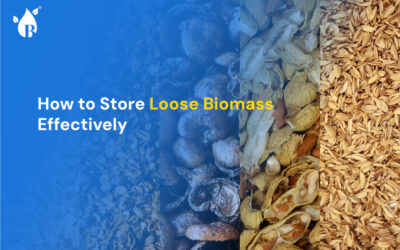Biodiesel production typically involves the transesterification process, where fats or oils react with an alcohol (usually methanol) in the presence of a catalyst (such as sodium hydroxide or potassium hydroxide). This chemical reaction produces biodiesel (fatty acid methyl esters or FAME) and glycerin as a byproduct.
1) Base-Catalyzed Transesterification:
The most common and cost-effective method, where triglycerides in the feedstock are converted to biodiesel using a base catalyst. It’s widely used due to its high conversion efficiency and moderate operating conditions.
2) Acid-Catalyzed Transesterification:
Used for feedstocks with high free fatty acid content, this method employs an acid catalyst to convert triglycerides. Though slower and requiring higher temperatures, it’s effective for processing waste oils and greases.
3)Enzymatic Transesterification:
Utilizing lipase enzymes as catalysts, this method offers advantages like mild operating conditions and reduced byproduct formation. However, high enzyme costs and longer reaction times limit its widespread adoption.
4) Supercritical Methanol Transesterification:
Operating at high temperatures and pressures, this method doesn’t require catalysts, simplifying the purification process. Its high efficiency in converting low-quality feedstocks makes it promising, though it demands significant energy input.
The choice of feedstock significantly influences the cost, quality, and sustainability of biodiesel production. Common feedstocks include:
1. Vegetable Oils: Soybean, rapeseed, and palm oils are primary sources due to their high oil content and established agricultural infrastructure. However, their use can impact food supply and land use.
2. Waste Oils and Greases: Used cooking oils and animal fats are cost-effective and help in waste recycling. Their higher free fatty acid content requires more complex processing but presents a sustainable feedstock option.
3. Non-Edible Oils: Oils from plants like jatropha, camelina, and algae offer a sustainable alternative without competing with food crops. Algae, in particular, has high oil yields and can be cultivated in diverse environments, presenting significant potential for the future.
4. Animal Fats: Tallow, lard, and poultry fat are utilized in regions with significant meat processing industries. They offer a valuable use for byproducts but may require pre-treatment to remove impurities.
Therefore, innovations in biodiesel production methods and effective feedstock sourcing are crucial for expanding biodiesel as a practical substitute for traditional fuels. Buyofuel supports you throughout the entire process, offering comprehensive assistance to establish your biodiesel plant. By refining production techniques and broadening feedstock options, the biodiesel sector can play a significant role in achieving a sustainable energy future, cutting down greenhouse gas emissions, and enhancing energy security.




